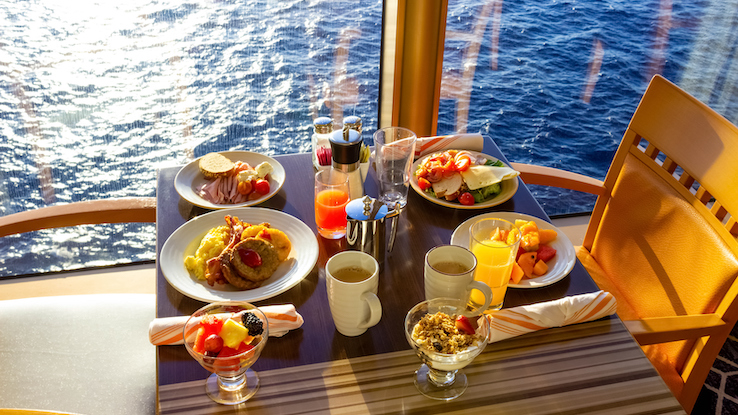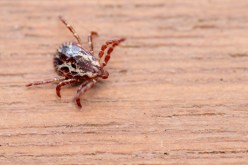5 Foods to Avoid on a Cruise Ship

Millions of people decide to board cruise ships and hit the open seas every single year, and with good reason. You can head to intriguing destinations, take advantage of fun activities, and see a variety of on-board shows. But part of the fun of being on a cruise is the ability to indulge, particularly when it comes to food.
While many cruise ship meal options are reasonably safe, others have a higher risk of leading to stomach issues. Food-borne illnesses like norovirus are one example, and food poisoning can also occur. As a result, it’s wise to exercise some caution when choosing what to eat. Here’s a look at five foods to avoid on a cruise ship.
Sushi and Raw Seafood
Cruise ship kitchens do typically follow food handling standards that other restaurants adhere to, but that doesn’t mean eating sushi on a cruise ship is smart. That’s especially true if the raw seafood is part of a buffet, making it hard to tell how fresh it is or isn’t.
Sushi that’s left out can end up contaminated with bacteria, including several types of salmonella, staphylococcus aureus, listeria monocytogenes, and others. Plus, raw seafood comes with parasite risks.
Generally, it’s best to skip sushi or any raw seafood if it’s on a buffet. Instead, only consume sushi if you can see it being prepared, as that helps you better gauge its freshness.
Communal Condiments
Communal condiments are high-contact items, often being handled by dozens – if not hundreds – of passengers before they’re cleaned. While the condiments themselves aren’t usually a concern when it comes to issues like food poisoning, touching a bottle or dispenser that others have also handled could increase your odds of getting specific transmissible infections or communicable diseases.
If you need a condiment, speak with a member of the kitchen staff and request a single-serve packet. If those aren’t available, cover your hands with a disposable napkin or glove when handling the container, and immediately throw it away after contact. Then, make sure to apply hand sanitizer or head to a washroom to wash your hands before eating.
Soft-Serve Ice Cream
Soft-serve ice cream dispensers carry the same risks as communal condiments. The handles are usually touched by a large number of passengers before they’re cleaned, so they can spread communicable diseases.
There are also risks related to pulling cones off of a stack. You can’t guarantee whether someone else touched the cone you’re grabbing before you picked it up. Plus, if you pull the lever with your hand and then put your filled cone in that same hand, you could spread an infection to the cone before you eat it.
Generally, you’ll want to make sure that your hand is covered with a disposable glove or napkin before handling the dispenser and use hand sanitizer after removing the covering. Additionally, if you’re not sure if a cone was touched, using a bowl may be a safer option, depending on how it’s presented.
Buffet Salad
Buffet salad comes with a variety of risks. Buffets are inherently high-contact, so there’s a greater chance of food-borne infections spreading across them. Plus, cross-contamination can occur, which is a concern for anyone with food-related allergies.
Generally, it’s best to stick with vegetables or fruits that you can personally wash and peel, as food-borne diseases are less likely to remain on the portion you eat. However, for those with allergies that are triggered by contact and not just ingestion, it may be better to stay away from any salad bar items that may have been kept with fruits or vegetables that are known allergens to them.
Eggs
Eggs can end up contaminated with salmonella. The risk is greatest if you opt for a runnier egg or less-cooked option, such as ordering them sunny-side up. If you prefer your eggs runny, it’s best to skip eggs if you’re on a cruise ship. Otherwise, the safest option is to choose a hard-boiled egg.





